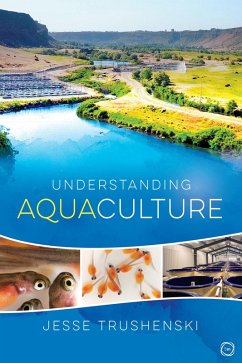Roughly half the seafood we eat comes from farms, and yet many consumers remain hesitant, even resistant to buying farmed fish. Aquaculture is compared with both terrestrial agriculture and capture fisheries and has endured considerable, often unfounded, criticism. Understanding Aquaculture addresses the controversial aspects of aquaculture, answering common questions about the industry and farmed seafood. Are farmed fish safe to eat? Are wild fish more nutritious? Do fish farms pollute the environment? Understanding Aquaculture sets the record straight for the world's most important source of seafood. Aquaculture is critical to food security, both now and in the future, and an informed and supportive public is needed to ensure its potential is fully realized. Informative and engaging, this book is a thoroughly researched resource for students and practitioners, but manages to put the facts within reach of casual readers.
Dieser Download kann aus rechtlichen Gründen nur mit Rechnungsadresse in A, B, BG, CY, CZ, D, DK, EW, E, FIN, F, GR, HR, H, IRL, I, LT, L, LR, M, NL, PL, P, R, S, SLO, SK ausgeliefert werden.


